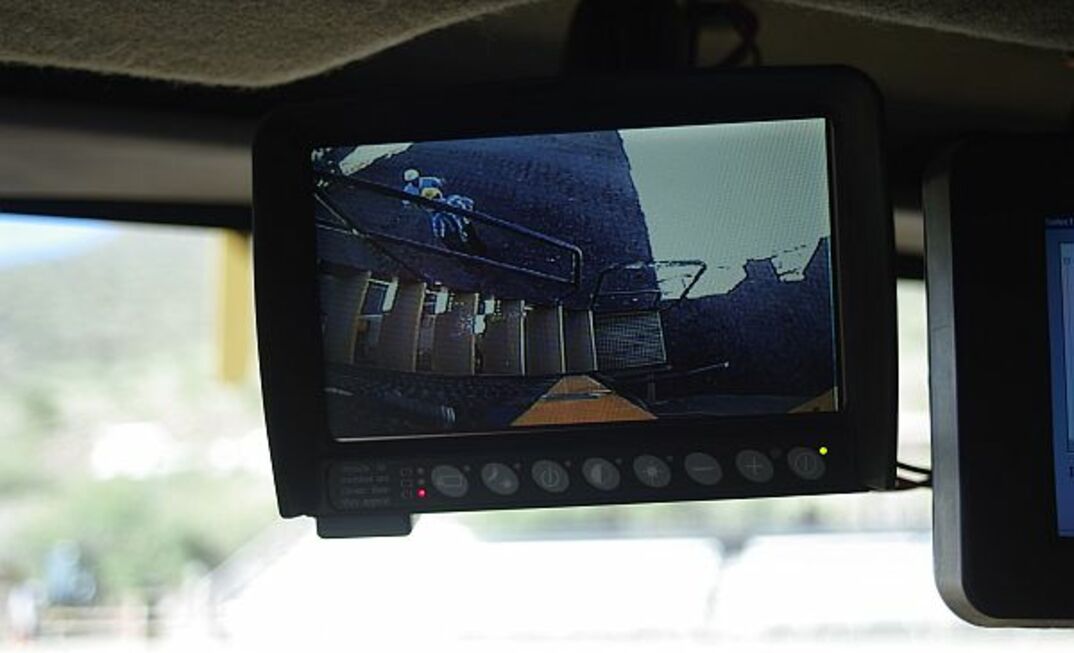WHILE Queensland has backed away from mandating proximity detection systems in its mines, Supply Side spoke to Queensland Department of Natural Resources and Mines deputy director-general Stewart Bell to find out how the program has gone.
When Queensland said it was going to mandate proximity detection systems for its mines, it threatened to generate a seismic shift in how mining operations were managed.
Proximity detection systems provide a safety net to prevent collisions between vehicles or, even worse, vehicles hitting people.
However, the government backed away from demanding all mines have these systems in place.
Bell said an issue it faced was that the state's underground coal miners were having problems getting systems approved for use underground.
He said there were only a couple of systems available that could be used in underground coal.
There are far more systems available for surface and even underground hard rock operations.
One of the problems is getting such systems made intrinsically safe for use in explosive environments, such as underground coal operations.
"We have a reasonable level of penetration of the technology in open cut operations," he said.
"It's above 50 per cent.
"We'll be putting pressure on underground mines [to adopt some form of proximity detection technology]."
Interestingly, the US Mine Safety and Health Administration also is putting pressure on operators to take up proximity detection systems.
There have been a few examples in the past 12 months of workers in the US getting pinned between mine walls and underground mining equipment. There are proximity detection systems available that can prevent these sort of accidents.
With one system, miners put a sensor or a radio frequency identification tag onto their helmet. The machine recognises the sensor and if the miner comes too close, the machine shuts down.
One of the biggest issues in the surface mining space is the fact that haul truck drivers have very limited fields of view. Any light vehicle that enters those blind spots risks being hit.
The worst part of this is, in many cases, the driver of the haul truck can be completely unaware.
Take the case on a Queensland mine where a Landcruiser "Troopy" was waiting to turn at an intersection.
A haul truck came through and took the corner a little tight and ran over the front right-hand side of the Troopy. The haul truck continued on its way to its destination, with its driver completely unaware of the ruined Troopy in its wake.
The only upside of this is that the driver of the Troopy was unhurt.
Bell said one of the things he had been happy to see had been the advent of systems using multiple technologies.
These can include RFID tags matched to cameras, GPS, or radar devices.
This reduces the chances of accidents because if, for example, the RFID tag fails there is at least one other backup technology to help identify the threat.
Bell said some Queensland mines had been trialling proximity detection systems for three years.
"Some mines have had problems as they haven't really bought systems that were really best for them," he said.
"Sometimes a low-tech option can be quite acceptable.
"The after-sales service needs to be good as well. You can't have technology out there breaking down and people not coming out to fix it.
"Mines also have to ensure that machines with broken proximity detection systems are taken out of service until the system has been fixed."
Bell said the cost of these proximity detection systems had fallen.
"The cost of putting some sort of proximity detection system on is very small when compared to the cost of the machine."
Another aspect of proximity detection systems is that they can log when there have been near-misses.
Bell said he had not seen any hard data on these but did have some anecdotal evidence.
"I spoke to an underground operator in Mt Isa," he said.
"He told me he had avoided three accidents thanks to the system."

























